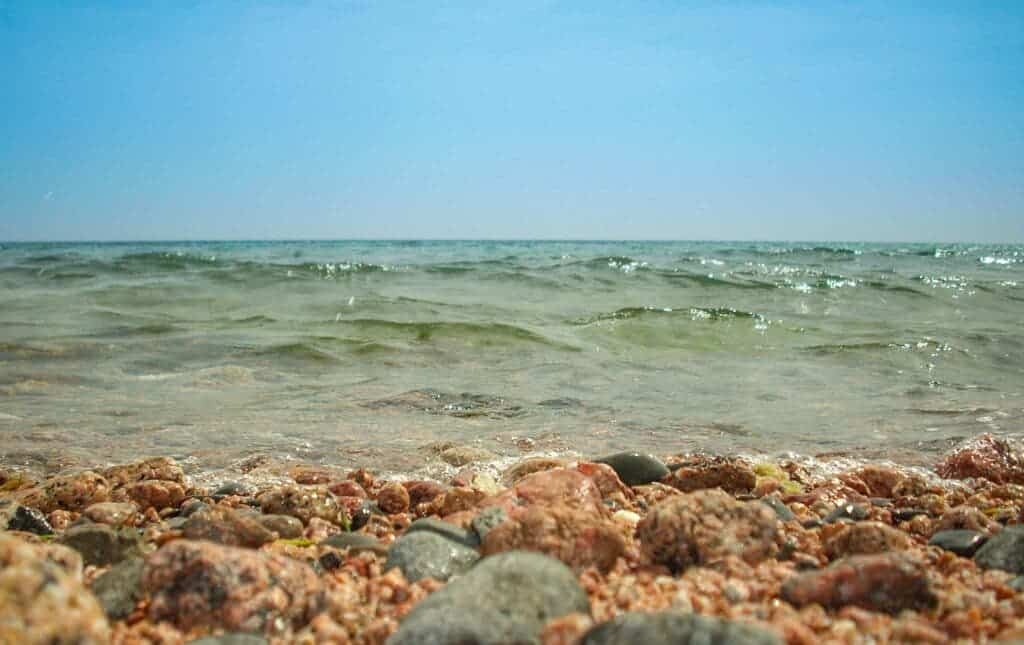The Red Sea is at risk of becoming an oil-drenched waste, according to a new paper. It draws attention to the need of removing an abandoned, decaying tanker from the sea that holds approximately one million barrels of oil.

The ship, named quite ironically the “FSO Safer”, was employed as a floating storage and offloading unit (FSO) for several years before being abandoned due to the Yemeni Civil War. Now it’s essentially a floating, derelict oil container. Although no longer in use, it still carries around one million barrels of oil, which is four times as much as spilled from the Exxon Valdez in the infamous 1989 spill. Removing the tanker before its current seepage can turn into a full-fledged oil spill is critical for the health of local marine ecosystems and the communities they support.
The study follows on the coattails of an announcement on November 24th that the Yemeni Houthis will allow a United Nations (UN) team to board, inspect, and repair the vessel in the near future.
Biggest oil can
“The time is now to prevent a potential devastation to the region’s waters and the livelihoods and health of millions of people living in half a dozen countries along the Red Sea’s coast,” says Karine Kleinhaus, MD, MPH, an Associate Professor of the School of Marine and Atmospheric Sciences (SoMAS) at Stony Brook University and lead author of the paper.
“If a spill from the Safer is allowed to occur, the oil would spread via ocean currents to devastate a global ocean resource, as the coral reefs of the northern Red Sea and Gulf of Aqaba are projected to be among the last reef ecosystems in the world to survive the coming decades.”
The paper calls for the removal of oil currently held inside the Safer before a spill occurs. It outlines a policy brief required to do so, and has been authored by an international team of researchers.
The Safer started its life as the Esso Japan in 1976 and was converted to an unpropelled storage vessel in 1987, acquired by the Yemeni government in 1988, and anchored off the coast of Yemen. Rechristened as the Safer, it was used as temporary storage for oil extracted in the area awaiting export. In 2015, when Houthi forces took control of its surrounding coastline, they also in effect took ownership of the vessel. Due to a lack of proper maintenance, the Safer’s structure suffered extensive wear and tear over the following years.
Storage ships typically use inert gas chambers to prevent combustion of oil or oil vapors on board, and the Safer was no exception. However, its advanced level of deterioration means that some of its gas chambers have likely vented by now, posing an explosive risk. The aging metal plates could also give way, leading to a massive spill. The Safer still holds an estimated US$80 million worth of oil onboard, some 1.14 million barrels. Its value has thwarted any hope that the Houthi forces and Yemeni government would reach an understanding on how to proceed with the ship (as both parties claim rights over the ship and its cargo).
Leaks first started being reported around the Safer in 2019 through Al Jazeera, although subsequent satellite imagery found no signs of oil spills. Still, the risk is very real. The Houtis granted permission for a UN team to board and inspect the vessel in the near future, as announced by The New York Times on November 24th of this year.
The Red Sea is a unique environment, so I’m very happy that they did. Coral reefs in the sea are particularly at risk from any spills, and they’re different from reefs anywhere else. Corals in the Red Sea have adapted to survive in higher temperatures than anywhere else. Researchers have pinned much hope that these organisms can be used to seed reefs throughout the world that are currently dying due to global warming (such as the Great Barrier Reef, for example). Communities in all countries bordering the sea also rely heavily on its wildlife for food and income, and the Red Sea is a hotbed of biodiversity. A spill here would cause immense damage to nature and people.
The current paper used computer simulations to estimate the impact of a spill from Safer. The projections show that it would spread massively during winter due to local current patterns, and less in summer. On simulations with longer run times, the oil would spread farther away from the ship, suggesting that the issue could grow out of hand quickly if allowed. Especially as it’s winter right now.
According to the authors, seawater breached the Safer reaching its engine compartment in May 2020, and there have been reports of associated leaks.
“Emergent action must be taken by the UN and its International Maritime Organization to address the threat of the Safer, despite political tensions, as a spill will have disastrous environmental and humanitarian consequences, especially if it occurs during winter,” the paper notes.
With millions of barrels of oil a day passing through the Red Sea, a regional strategy must be drafted for leak prevention and containment that is specific to the Red Sea’s unique ecosystems, unusual water currents, and political landscape.
The paper, titled “A Closing Window of Opportunity to Save a Unique Marine Ecosystem,” has been published in the journal Frontiers in Marine Science.


